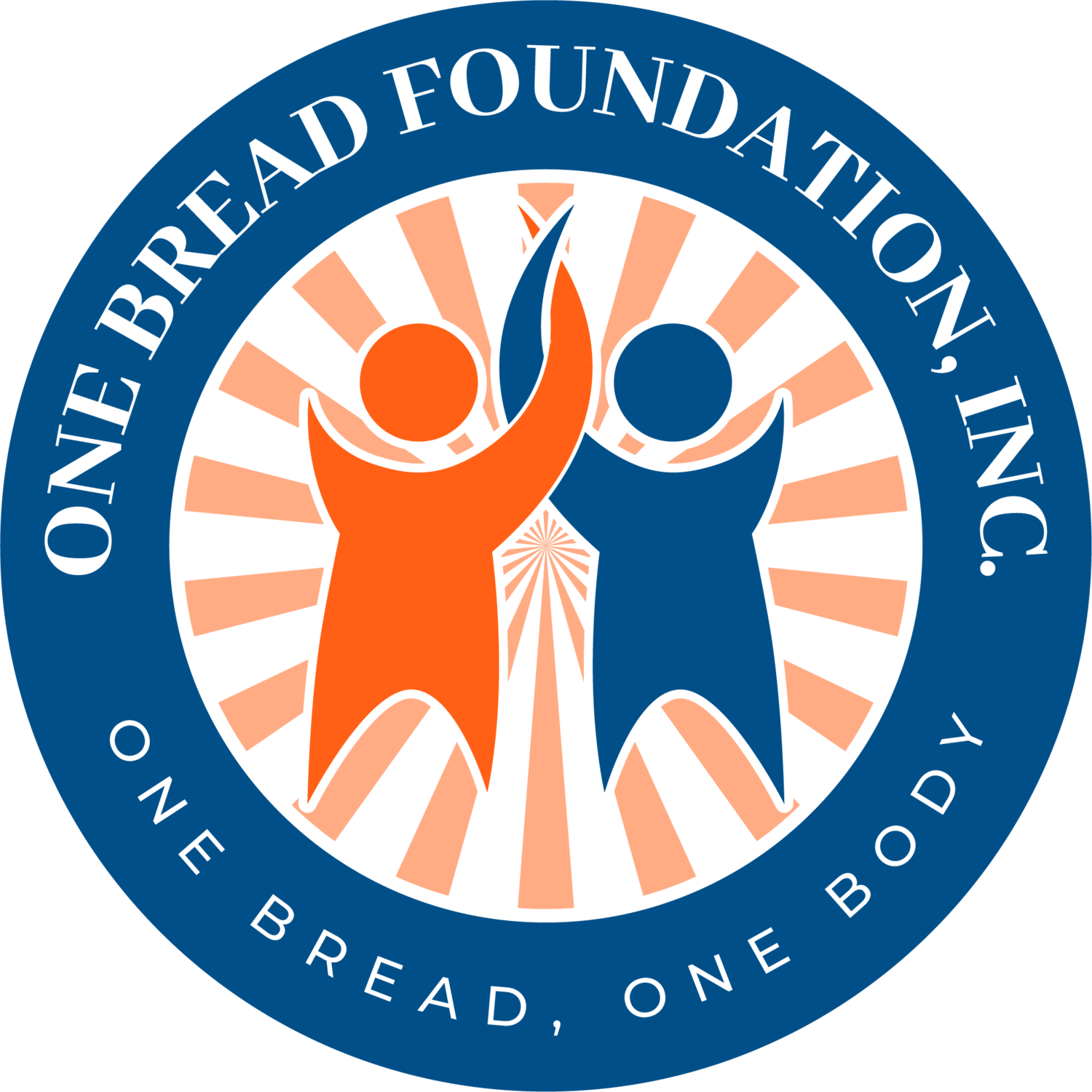By Constance Thum, Senior Contributing Writer
The common conception of human trafficking as a rare occurrence, and the image of its victims being uneducated, weak women is grossly outdated, as Shandra Woworuntu’s story would tell you. The true horrors of human trafficking lie in the fact that it can occur to anyone, and at the most unexpected moment that catches its target off guard. No one is truly safe from human trafficking, and only constant vigilance may reduce one’s risk.
Bursting the bubble of the American Dream
In an intimate interview with RealWomen/RealStories, Shandra, the founder of Mentari Human Trafficking Survivor Empowerment Program, revealed the horrors of sex trafficking from a first-hand account. Describing her excitement after landing a job in the United States after losing her job as a financial analyst in her home country of Indonesia, Shandra’s life would forever change when she accepted the offer to work in a Chicago-based hotel for six months. Upon arriving at the New York airport, Shandra was informed that she would have to stay overnight in New York rather than transferring flights to Chicago. Thereafter, she was promptly whisked away with two underage girls to a hotel where she recalled being exchanged for a large envelope of money. The following months would be gruelling, traumatic, and degrading for Shandra who was sold as a sex slave to sex buyers.
She escaped through a window many months later, but the pain it inflicted on her would last for a lifetime. Sex trafficking and abuse robs its victims of their freedom and violates their right to autonomy. With no control over their bodies, many victims of sex trafficking later report persistent feelings of helplessness, isolation, depression, and anxiety.
Risk factors
Sitting before the camera, Shandra is intelligent, articulate, and untimid, shattering our ideas of how we think human trafficking looks like to expose its cruel reality. Shandra’s experience also highlights how political and social instability may increase risk of human trafficking. Destabilization and displacement of populations during periods of unrest may force individuals to migrate or seek opportunities abroad. This desperation for money and a new life encourages risk-taking, which may lead to many potential victims overlooking red flags or ignoring them totally.
Organised crime may be a cause and consequence of political and social instability. Predators may take advantage of the situation to target vulnerable individuals and communities by winning their short-term trust only to abuse them in the long-term. Authorities and lawmakers may also be too preoccupied with other pressing issues or be part of the corruption, which results in criminals of human trafficking escaping with little to no consequences.
Moving forward
Ending with a hopeful note, Shandra Woworuntu turned her devastating experience into a meaningful one by founding the Mentari Human Trafficking Survivor Empowerment Program, an initiative that aims to provide rehabilitation, advocacy, and empowerment programs for survivors of sex trafficking and abuse. What kept Shandra going during the most difficult of times was her family, and even so, many victims of sex trafficking still face difficulty finding closure and living their life as normally as possible afterwards.
Some tips that may be gleaned from Shandra’ sex trafficking experience are (i) being alert and having healthy suspicions, be it about the credibility of employment agencies or other potential touch points where predators may infiltrate; another being (ii) the value of speaking up and raising awareness about human trafficking and sexual exploitation, which may provide comfort to other survivors that they are not alone, and plant a seed of caution in others which may prevent an unfortunate incident.
Women and girls make up 71% of human trafficking victims, according to the International Labour Organization and Walk Free Foundation. As we near the end of Women’s History Month, let’s get involved in the fight to stop human trafficking and ensure that other women and girls don’t have to experience the atrocities that Shandra survived.
References and further reading/viewing:
YouTube – REALWOMEN/REALSTORIES – I was trafficked in the MIDDLE of New York City.
International Labour Organisation and Walk Free Foundation – Forced Labour and Forced Marriage
